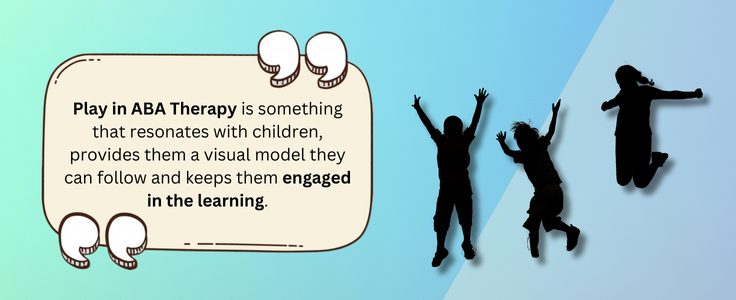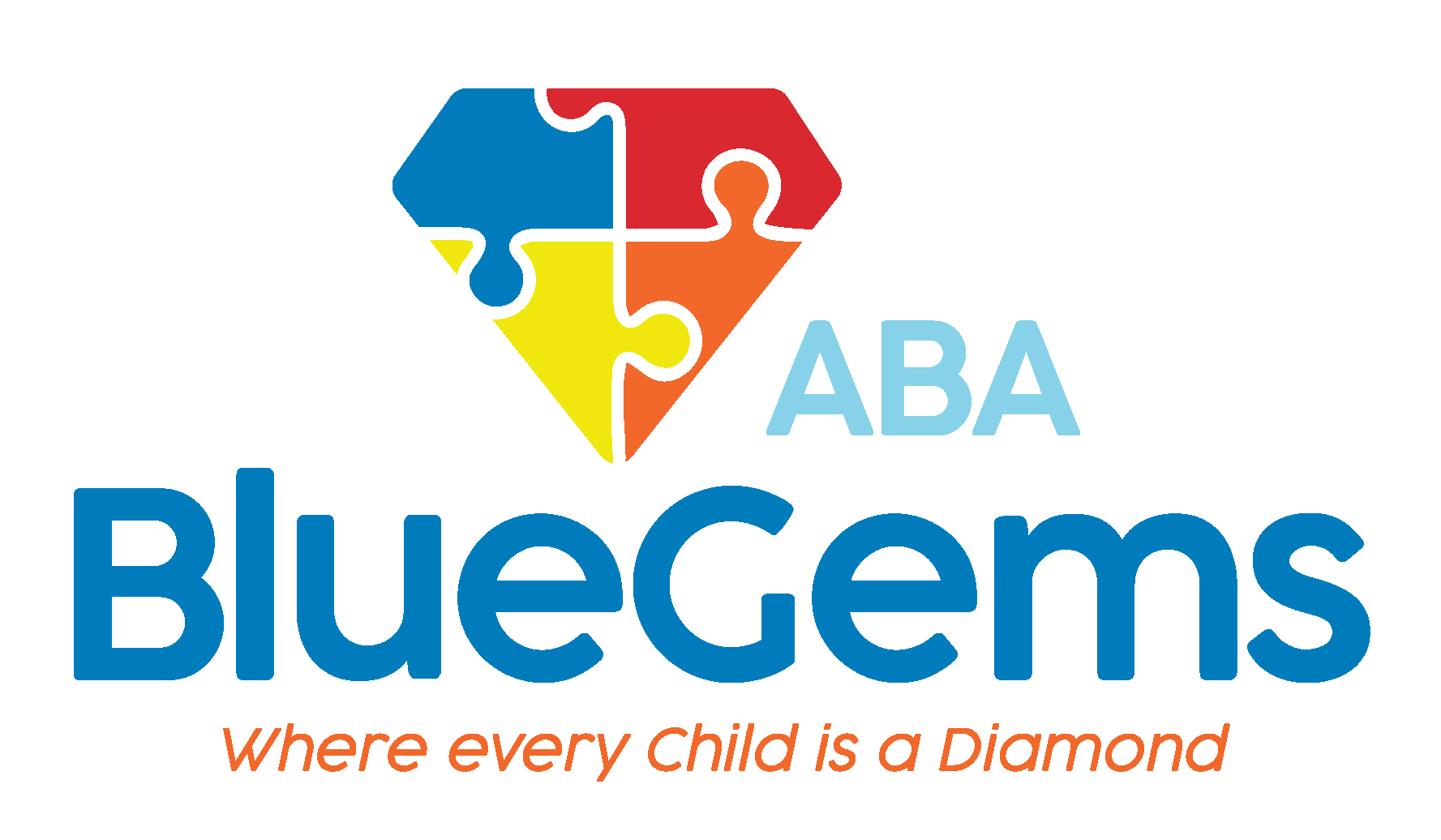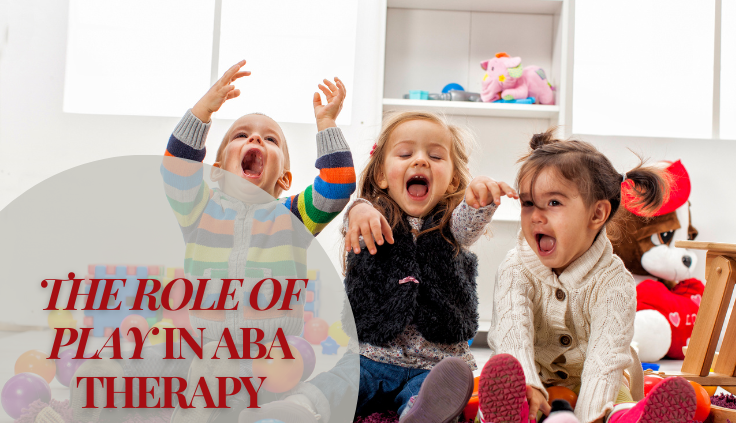The Role of Play in ABA Therapy
Developing social and emotional skills is an essential component of leading an independent and successful life. People rely on these skills every day to navigate different situations, whether in their professional or personal lives.
For children, developing such skills takes time and practice. Children who have autism spectrum disorder (ASD) face unique challenges when it comes to social and emotional development, which necessitates a different approach to learning.
Applied behavior analysis, or ABA therapy, is considered the gold standard of treatment options for children on the autism spectrum. Using strategies based on scientific evidence, therapists help children with autism build the social, communication and daily life skills with which they typically struggle.
There are many different techniques that therapists use in this regard, but play is often at the center of it all. That’s because play is something that resonates with children, provides them a visual model they can follow and keeps them engaged in the learning.
Below, we’ll discuss the role of play in ABA therapy for social and emotional development.
Table Of Contents
How Does ABA Therapy Boost Social and Emotional Development?
ABA therapy is great for improving social and emotional development skills in children with autism. Its main approach is to break down more complicated and complex tasks and interactions into simple steps.
In doing so, therapists approach teaching new skills and behavior modifications in ways that are much more manageable for their patients. Using strategies such as Discrete Trial Training (DTT) and Natural Environment Training (NET), therapists can tailor the treatment to each individual’s unique strengths, challenges and preferences.
As the children successfully learn the new skills that are being taught, therapists use positive reinforcement to reward the children for what they’ve done. The reward can be extra praise or time with a toy they love — anything that motivates the child to continue exhibiting the positive behavior and wanting to learn more.

What is Play So Beneficial?
Play is a crucial aspect of ABA therapy for the simple fact that play is a crucial aspect of development in childhood overall. Play has a number of benefits, from allowing children to explore the world around them to providing a learning framework that’s natural.
Play allows children to engage with peers, during which they will practice some social skills including communication, teamwork, sharing and taking turns.
Research has shown that play is the foundation for social, physical, emotional and cognitive growth. This is why many early-childhood programs and therapies are either based around play or integrate play significantly into the plan.
In fact, play is actually provided in a structured environment for children in many ways today to ensure that children are exposed to the situations that allow them to observe and practice those skills.
How Does ABA Therapy Integrate Play?
Children with autism may not have the same exposure to these chances for developing the essential skills because of the challenges they face. Since many children experience deficits with communication and social interactions, they might avoid encounters with peers or not be put into those situations by their parents.
ABA therapy can help them build these skills, though, by integrating play into the treatment plan. There are three main types of play that ABA therapy relies on to help support children with autism.
The first is known as structured play. This involves using specific activities or toys to target specific skills. The therapist could use a toy that the child loves, for instance, to teach them how to ask for things, how to take turns or how to follow instructions.
The second type is called naturalistic play. This incorporates different opportunities to learn into the child’s daily play activities. The therapist will allow the child to lead the activities based on their interests, which then allows them to create a learning environment that’s more natural.
In doing so, the child will be learning new skills in an enjoyable and spontaneous way. While the child will lead the activities in this strategy, there are plenty of chances for the therapist to target specific skills.
The third type is called social play. The purpose here is to boost social skills including participating in group activities, cooperating and sharing.
The benefit of this type of play is that it helps to build skills that are essential for interacting with others and building friendships and meaningful relationships.
Blue Gems ABA Incorporates Play into All Treatment Plans
Play is an essential aspect of ABA therapy, as it is an extremely effective way of teaching new skills and helping children with autism develop crucial social and emotional skills. That’s why it’s integrated into all treatment plans that we create for patients at Blue Gems ABA.
Our team of BCBAs is experienced in knowing how to personalize the treatment plan to each individual child’s unique strengths, challenges, preferences and personality, so that they are best able to learn new skills.
To learn more, please contact us today.




